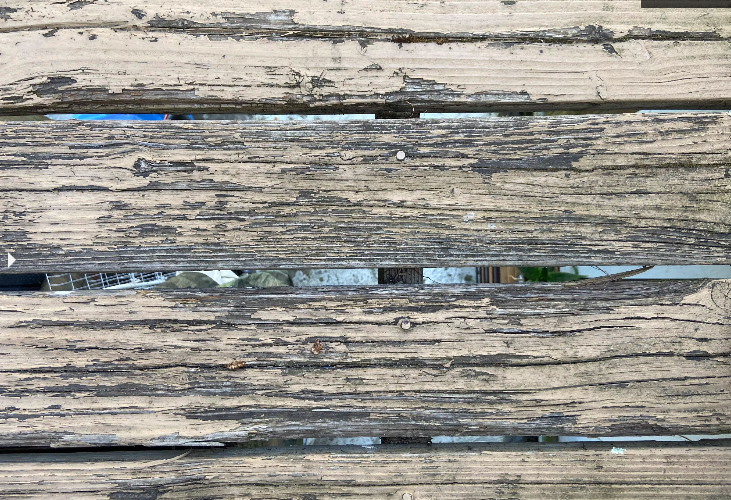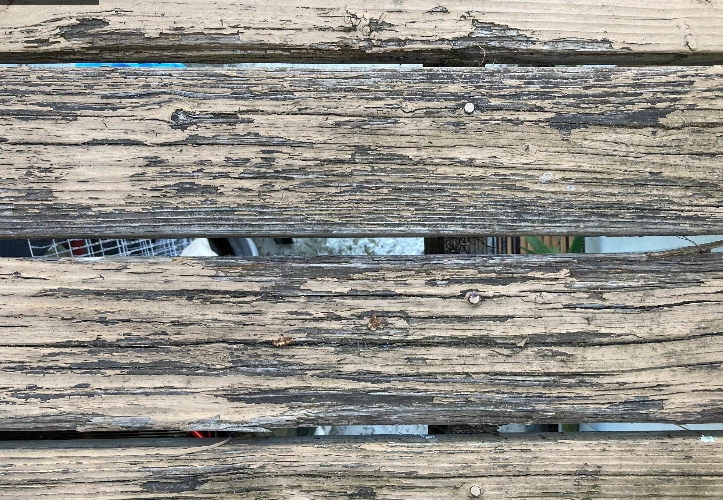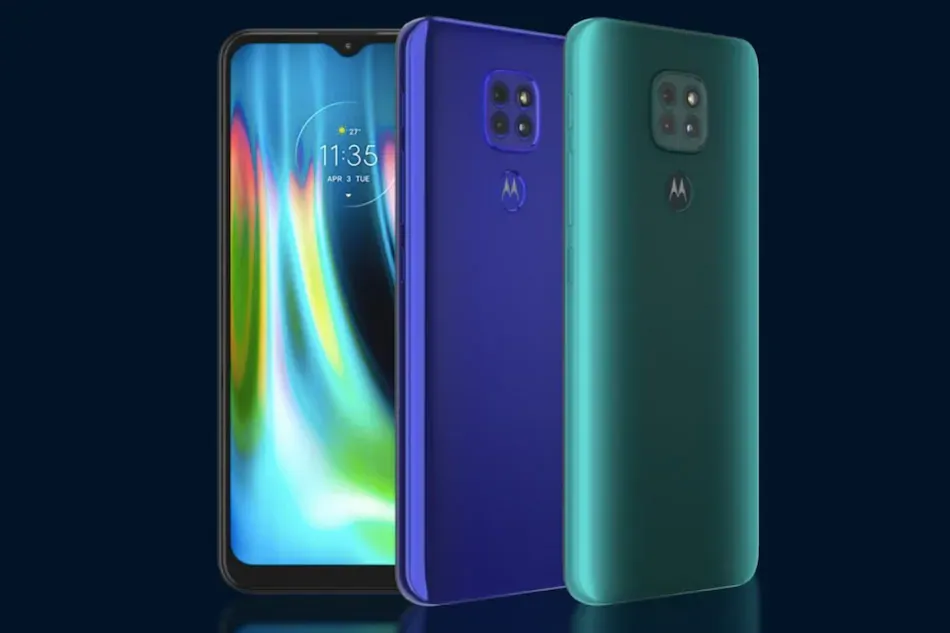iPhone SE vs. iPhone 11: Comparing cameras from both phones
- Blog Team

- May 2, 2020
- 3 min read
We test how the $399 iPhone SE and its single rear camera compares against the $699 iPhone 11 and its dual rear cameras. It's not as straightforward as it seems.
Despite the overall approval of Apple's $399 price tag for its new iPhone SE, there was a lot of speculation about the camera hardware. Its rear camera has the same specs as those of the iPhone 8 from 2017, but some theorized that it might have the sensor from 2018's iPhone XR.
It took an iFixIt teardown of the new iPhone to show that the SE was actually packing the same lens and sensor as the iPhone 8. That means all the improvements to image quality as well as the addition of features like Portrait Mode, came purely from the A13 Bionic chip. This processor is the same one found in the $699 iPhone 11.
Since both phones have the same processor, naturally I wanted to compare photos and videos. To date, the iPhone 11 phones have not only the best cameras on any iPhone, but one of the best all-around camera systems on any phone.
The iPhone SE has a lot to live up to, but as you will see, it can go toe-to-toe with its pricier Apple siblings. This comparison shows that when it comes to photography and recording videos, the real consideration isn't the number of megapixels or number of cameras. Instead, it's all about the processor.
iPhone SE vs. 11: SmartHDR makes photos look fantastic
The combination of the A13 Bionic chip and iOS 13 absolutely raises the iPhone 8's camera hardware to the next level on the SE. The iPhone SE's rear camera has a 28mm f/1.8 lens, while the iPhone 11 has two rear cameras: a main one with a 26mm f/1.8 lens and an ultrawide-angle camera with a 13mm f/2.4 lens.
Since the 11 has an ultrawide-angle camera and the SE doesn't, there isn't much to compare. But here are a couple of my favorite photos that I took with the ultrawide-camera anyway

Here is an ultrawide-angle photo I took of both my scallops and my friends before social distancing was the norm.

The iPhone 11's ultrawude-angle lens makes the tops of skyscrapers bend towards me.
When I focused on the main cameras of each, I noticed that in good light, photos were nearly indistinguishable. Look at the pictures of a tree I took in my backyard below and you won't be able to tell much of a difference. The iPhone SE photo is framed ever-so-slightly tighter than the iPhone 11. But in every other way (even when I zoomed into each to 100% on a large monitor) I couldn't see any other differences.

Aside from framing, there photos look identical. The left one is from the iPhone SE and the right one is from the iPhone 11.
Take a look at the photos I took of some wood slats. Again, aside from framing, it's hard to see any difference. When I zoomed in, details from each photo were good. Both had small amounts of image noise in the shadows of the slats.
The reason photos in good light look so similar is that whether you're on an iPhone 11, 11 Pro or the new SE, the latest version of SmartHDR is used to process and optimize details and textures. It also pushes the dynamic range as much as possible without the image falling apart.
Here is where we start to see some differences between the two phones. The photo below of a tree showcases the strength of SmartHDR processing. This scene has lighting extremes with dark shadows under the tree and bright highlights in the clouds.

Look closely at the iPhone 11 photo and you can see the shadows have more detail and aren't as dark as the iPhone SE. In the sky through the branches, you see that both photos have blown out highlights, but the iPhone 11 has less. Though this is a minor detail, it's evidence that the main camera on the iPhone 11 handles a wider dynamic range better than the iPhone SE.
Portrait mode: 1 camera vs. 2
Both phones have portrait mode and produce excellent results. The 11 can take portrait mode photos of people and pets while the iPhone SE can only do people, which is a big drawback if your an animal lover. With the portrait mode photos below, you'll see that they look very similar. The iPhone 11's portrait captures more details. For example, look at the hair on John's forehead. Also, the falloff over the shoulders from in-focus to out-of-focus areas appears more natural from the iPhone 11 and that might be due to the fact that it uses both rear lenses to create the effect.

Portrait mode photos from the iPhone SE (left) and iPhone 11 (right).








Comments